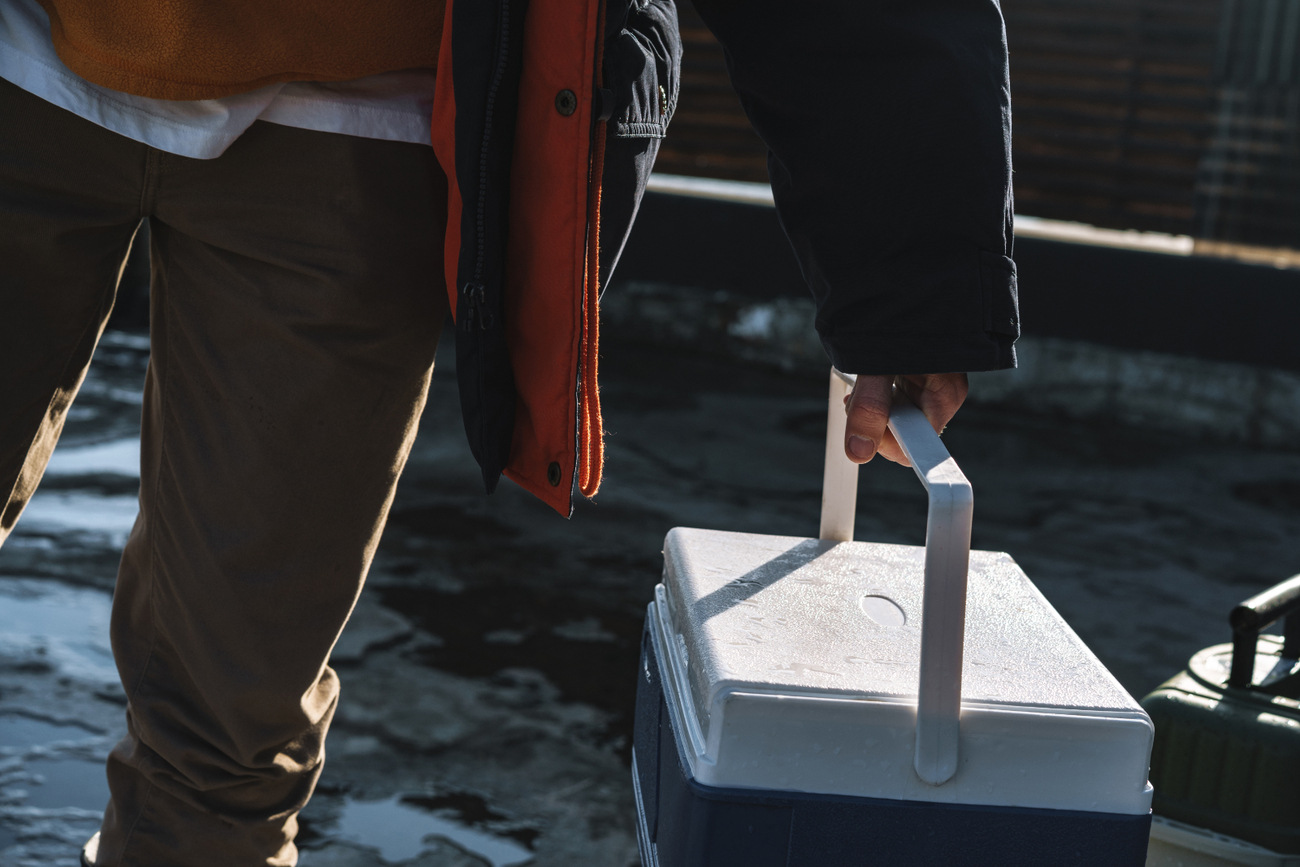

Articles
How To Store Caught Fish
Modified: February 26, 2024
Learn the best methods for storing and preserving freshly caught fish with our informative articles. Maximize freshness and flavor with expert tips and techniques.
(Many of the links in this article redirect to a specific reviewed product. Your purchase of these products through affiliate links helps to generate commission for Storables.com, at no extra cost. Learn more)
Introduction
Catching fish can be an exciting and rewarding experience, whether you’re a seasoned angler or a beginner just starting out. However, once you’ve reeled in your catch, it’s important to know how to properly store your fish to ensure its freshness and quality. Proper storage not only preserves the flavor and texture of the fish but also prevents spoilage and extends its shelf life for future enjoyment.
In this article, we will guide you through the process of storing caught fish. We will discuss the necessary equipment, cleaning and preparing techniques, and various storage methods to help you make the most out of your fresh catch.
Key Takeaways:
- Properly storing caught fish is crucial for preserving freshness and flavor. Whether using ice, vacuum sealing, or canning, following the right techniques and equipment ensures optimal quality and enjoyment.
- Handling fish with care, cleaning and preparing thoroughly, and choosing the right storage method are essential for maintaining freshness and quality. Whether short-term or long-term, proper storage techniques enhance the enjoyment of freshly caught fish.
Read more: How To Store Fresh Caught Fish In Fridge
Equipment Needed for Storing Fish
Before you embark on storing your freshly caught fish, it’s essential to gather the necessary equipment to ensure optimal storage conditions. Here are some of the key items you will need:
- Coolers or Fish Boxes: Investing in a good-quality cooler or fish box is crucial for keeping your fish fresh. Look for ones that are well-insulated and have the capacity to hold your catch. It is recommended to use separate coolers for different types of fish to avoid cross-contamination.
- Ice: Ice plays a vital role in preserving the freshness of fish. You will need a sufficient amount of high-quality ice to keep the temperature low and slow down the growth of bacteria. Crushed ice or ice packs are ideal for filling the cooler or fish box.
- Storage Bags or Tinfoil: To protect your fish from freezer burn or contamination, use airtight storage bags or wrap them tightly in tinfoil. This will help maintain the quality and prevent the absorption of odors from other foods.
- Labels and Markers: Keeping track of the date and type of fish you have stored is essential for proper rotation and identification. Use labels and markers to clearly mark each package.
- Sharp Knives and Cutting Board: Having sharp knives and a dedicated cutting board specifically for fish will make cleaning and preparing your catch easier and more efficient.
- Thermometer: To ensure that your fish is being stored at the right temperature, use a thermometer to monitor and maintain the desired coolness.
Having these essential equipment items on hand will enable you to store your fish properly and maintain its quality until you’re ready to cook or consume it.
Cleaning and Preparing the Fish for Storage
Properly cleaning and preparing your fish is a crucial step in ensuring its quality and longevity during storage. Follow these steps to prepare your catch for storage:
- Remove from the hook: Carefully remove the fish from the hook, taking care not to damage the body or scales.
- Bleed the fish: To preserve the flavor and texture of the fish, it’s important to bleed it immediately after catching. This can be done by making a small incision near the gills and allowing the blood to drain out.
- Gut the fish: Use a sharp knife to carefully remove the entrails of the fish. Make a clean cut from the vent to the gills to ensure the fish is properly gutted.
- Remove scales: Run the back of the knife against the scales to remove them. Start from the tail and work towards the head. Rinse the fish thoroughly afterwards to remove any remaining scales.
- Rinse with cold water: Rinse the fish under cold running water to remove any residual blood, slime, or impurities.
- Pat dry: Use paper towels or a clean cloth to gently pat the fish dry. Removing excess moisture helps prevent bacterial growth.
- Package for storage: Wrap the fish tightly in plastic wrap or place it in airtight storage bags. Ensure that there is no excess air inside the packaging to minimize the risk of freezer burn.
- Label and date: Label each package with the type of fish and the date it was caught. This will make it easier to keep track of your inventory and rotate the fish properly.
Following these steps will help prepare your fish for optimal storage and maintain its freshness and flavor for an extended period of time.
Choosing the Right Storage Method
When it comes to storing fish, there are several methods you can choose from, depending on the length of time you plan to store it and the available resources. Here are some common storage methods to consider:
- Storing Fish on Ice: This is one of the simplest and most effective methods for short-term storage. Place the cleaned and dry fish on a bed of ice in a cooler or fish box. Surround the fish with more ice and keep it in a cool, shaded area. Replace the ice as it melts to maintain a consistently low temperature.
- Vacuum Sealing and Freezing Fish: Vacuum sealing is a popular method for long-term storage. It removes air from the packaging, preventing freezer burn and maintaining the quality of the fish. Wrap the cleaned and dried fish tightly in plastic wrap or use a vacuum sealer to seal it in airtight bags. Place the sealed fish in the freezer at or below 0°F (-18°C).
- Canning and Preserving Fish: Canning fish is another option for long-term storage, particularly for oily fish like salmon and sardines. The fish is cooked and preserved in jars with olive oil or a brine solution. This method requires proper canning techniques to ensure the safety and shelf stability of the fish.
When selecting a storage method, consider the duration of storage, the availability of equipment, and your personal preferences. It’s also important to note that certain fish species may be better suited to specific storage methods due to their characteristics and texture.
Regardless of the storage method you choose, it’s important to keep the fish at a consistently low temperature to prevent bacterial growth and maintain its freshness.
Storing Fish on Ice
Storing fish on ice is a widely used method for keeping your catch fresh and maintaining its quality for a short period of time. Here’s how you can store fish on ice:
- Prepare the cooler or fish box: Clean and sanitize the cooler or fish box before use to ensure a hygienic storage environment. Remove any previous ice or debris and rinse it thoroughly.
- Add a layer of ice: Start by adding a layer of crushed ice or ice packs to the bottom of the cooler or fish box. Ensure that the ice is evenly spread out and covers the entire surface area.
- Place the fish on the ice: Arrange the cleaned and dry fish on top of the layer of ice. Leave some space between the fish to allow for proper air circulation.
- Add more ice: Cover the fish with another layer of ice, making sure to fully surround and cover each fish. The ice should be in direct contact with the fish to maintain a low temperature.
- Close the cooler: Close the lid of the cooler or fish box tightly to minimize heat transfer and maintain the cool temperature inside.
- Monitor and replace the ice: Regularly check the ice level in the cooler and replace it as it melts. Adding fresh ice will help maintain a consistently low temperature and extend the shelf life of the fish.
It’s important to store the cooler or fish box in a cool, shaded area to prevent exposure to direct sunlight or high temperatures. This will help maintain the effectiveness of the ice and prevent the fish from spoiling.
Remember that storing fish on ice is suitable for short-term storage, generally up to a few days. For longer storage durations, consider alternative methods like vacuum sealing and freezing or canning and preserving.
By properly storing fish on ice, you can keep your catch fresh and maintain its quality until you’re ready to prepare and enjoy it.
After catching fish, store them on ice or in a cooler to keep them fresh. Make sure to clean and gut the fish before storing to maintain quality.
Read more: How To Store Fish While Fishing
Vacuum Sealing and Freezing Fish
One of the most effective methods for long-term storage of fish is vacuum sealing and freezing. Vacuum sealing removes air from the packaging, preventing freezer burn and preserving the quality of the fish. Here’s a step-by-step guide on how to vacuum seal and freeze fish:
- Clean and dry the fish: After cleaning and preparing the fish for storage, ensure that it is thoroughly dry. Excess moisture can affect the quality of the fish during freezing.
- Wrap the fish tightly: Wrap the individual pieces of fish tightly in plastic wrap or place them in airtight storage bags. Make sure there is no excess air inside the packaging.
- Use a vacuum sealer: If you have a vacuum sealer, place the wrapped fish inside the vacuum bag. Follow the manufacturer’s instructions to vacuum seal the bag, removing all the air and creating an airtight seal.
- Label and date the packages: Use labels or markers to clearly indicate the type of fish and the date it was stored. This will help you keep track of your inventory and ensure proper rotation.
- Freeze the fish: Place the vacuum-sealed fish in the freezer, ensuring that the temperature is set at or below 0°F (-18°C). Arrange the packages in a single layer, if possible, to allow for faster and more even freezing.
- Store the fish: Once the fish is fully frozen, you can stack and organize the packages in the freezer to maximize space. However, try to keep similar types of fish together for easy retrieval.
When thawing the frozen fish, it is recommended to do so in the refrigerator rather than at room temperature. This ensures a gradual thawing process, preserving the texture and quality of the fish.
By vacuum sealing and freezing fish, you can extend its shelf life for several months, preserving its freshness and flavor. This method is particularly useful when you have a large quantity of fish that you want to store for future use.
Remember to use caution when handling frozen fish and always follow proper food safety guidelines to ensure your health and well-being.
Canning and Preserving Fish
If you’re looking for a method of long-term preservation that goes beyond freezing, canning and preserving fish is an excellent option. Canning allows you to cook and seal the fish in jars, preserving its flavor and texture for an extended period of time. Here’s a step-by-step guide on how to can and preserve fish:
- Clean and prepare the fish: Ensure that the fish is properly cleaned, gutted, and scaled. Remove the head and tail if desired.
- Prepare the jars: Clean and sterilize canning jars and lids according to the manufacturer’s instructions. This helps maintain the quality and safety of the stored fish.
- Prepare a brine solution: Create a brine solution by combining water, salt, and any desired spices or herbs. Bring the mixture to a boil and let it cool to room temperature.
- Pack the fish in jars: Place the cleaned fish tightly into the prepared jars, leaving a bit of headspace at the top. You can also add additional flavorings like lemon slices or garlic cloves, if desired.
- Add the brine solution: Pour the cooled brine solution into the jars, covering the fish completely. Ensure that the fish is fully submerged in the brine.
- Seal the jars: Wipe the rims of the jars to remove any brine or residue. Place the lids on the jars and tighten the bands until they are just snug. Do not overtighten.
- Process the jars: Place the sealed jars in a canner filled with water and bring it to a gentle boil. Process the jars according to the recommended processing time for your specific fish and altitude.
- Remove and cool: Once the processing time is complete, carefully remove the jars from the canner and place them on a towel. Let them cool undisturbed for several hours or overnight.
- Check for proper sealing: Once the jars have cooled, check the seals by pressing down on the center of each lid. If it doesn’t move or make a popping sound, the jar is properly sealed. Any unsealed jars should be refrigerated and consumed within a few days.
Properly canned fish can be stored in a cool, dark pantry for a year or longer. It is important to regularly inspect the jars for signs of spoilage, such as bulging lids or unusual odors.
Canning and preserving fish allows you to have a ready supply of delicious seafood throughout the year, even when fresh fish may not be readily available. It’s a great way to enjoy your catch for an extended period while maintaining its nutritional value and taste.
Tips for Properly Storing Fish
To ensure that your fish remains fresh and of high quality during storage, consider the following tips:
- Chill the fish as soon as possible: After catching the fish, it’s important to cool it down as quickly as possible to slow down bacterial growth. Keep it on ice or in a cooler until you’re ready to clean and store it.
- Handle with care: When handling the fish, avoid rough handling or dropping it, as this can cause bruising and damage to the flesh.
- Properly clean and dry the fish: Thoroughly clean the fish, removing scales, entrails, and any residual blood. Pat it dry with paper towels or a clean cloth to remove excess moisture before storing.
- Use good-quality ice: When storing fish on ice, use high-quality ice that is free from impurities or odors. Replenish the ice as it melts to maintain a consistently low temperature.
- Ensure proper airflow: Whether storing fish on ice or in the freezer, make sure there is adequate airflow around the fish to prevent the growth of bacteria and maintain its freshness.
- Label and date the packages: Properly label each package with the type of fish and the date it was caught to facilitate easy identification and proper rotation.
- Minimize air exposure: When wrapping fish for freezer storage, remove as much air as possible from the packaging to reduce the risk of freezer burn. Use airtight storage bags or vacuum-sealing methods for optimal results.
- Store fish at the right temperature: Ensure that fish is stored at the appropriate temperature to maintain its quality. Keep it on ice at or just above 32°F (0°C), or freeze it at or below 0°F (-18°C) for long-term storage.
- Practice proper rotation: When storing multiple batches of fish, use the principle of “first in, first out” to ensure that the oldest fish is consumed first. This helps prevent wastage and maintains freshness.
- Regularly inspect stored fish: Check stored fish for any signs of spoilage, such as discoloration, foul odor, or unusual texture. Discard any fish that shows these signs to avoid consuming spoiled seafood.
By following these tips, you can optimize the storage conditions for your fish, ensuring its freshness, flavor, and longevity.
Conclusion
Properly storing caught fish is essential for preserving its freshness, flavor, and quality. Whether you choose to store fish on ice, vacuum seal and freeze it, or can and preserve it, following the right techniques and utilizing the necessary equipment is crucial. By implementing the tips outlined in this article, you can ensure that your fish remains in optimal condition, ready to be cooked and enjoyed whenever you desire.
Remember to handle the fish with care, clean and prepare it thoroughly before storage, and choose the storage method that best suits your needs and the duration of storage. Storing fish on ice is ideal for short-term storage, while vacuum sealing and freezing provide a long-term solution. Canning and preserving fish allow for an extended shelf life and can be a great option when fresh fish is not readily available.
It’s essential to monitor the storage conditions, maintain proper temperatures, and regularly inspect the stored fish for any signs of spoilage. Utilize labels and dates to facilitate easy identification and rotation of your catch. By following these guidelines and best practices, you can enjoy the flavors of your freshly caught fish for an extended period and reduce waste.
So next time you reel in a great catch, remember the importance of proper storage. With the right techniques and equipment, you can savor the taste of your fish, whether caught on a fishing trip or from the comfort of your own backyard. Happy fishing and happy storing!
Frequently Asked Questions about How To Store Caught Fish
Was this page helpful?
At Storables.com, we guarantee accurate and reliable information. Our content, validated by Expert Board Contributors, is crafted following stringent Editorial Policies. We're committed to providing you with well-researched, expert-backed insights for all your informational needs.
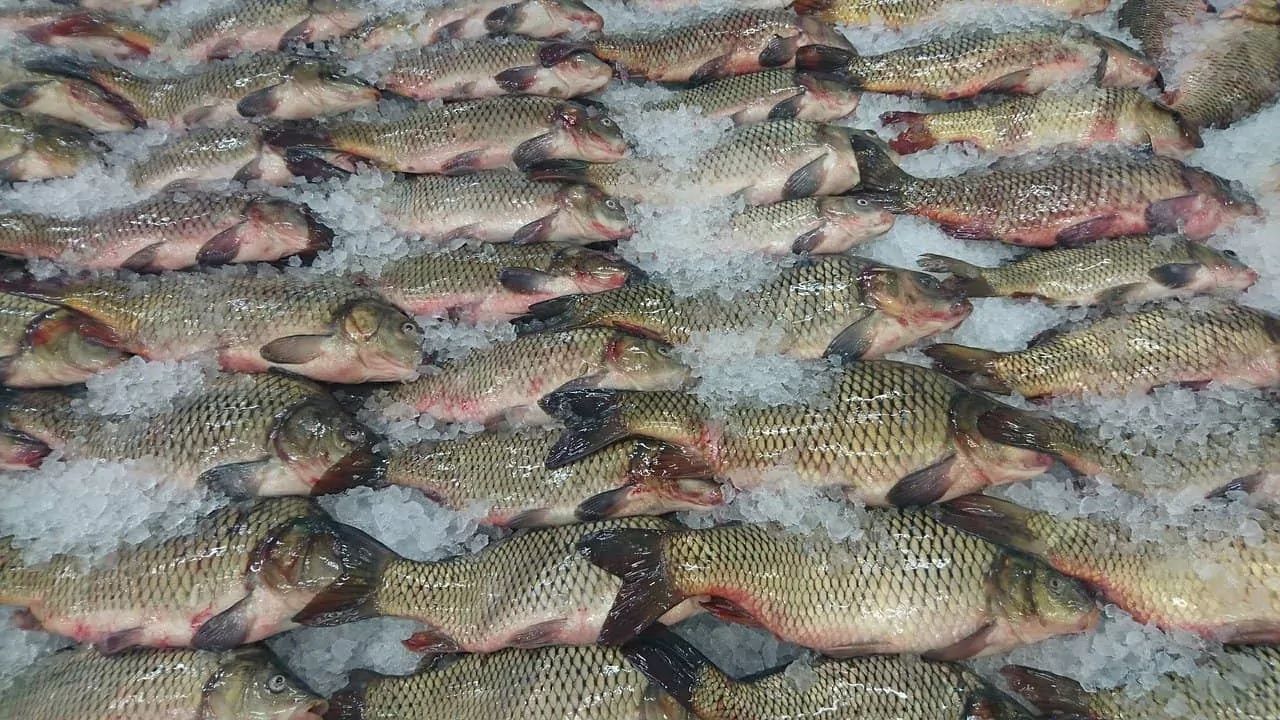
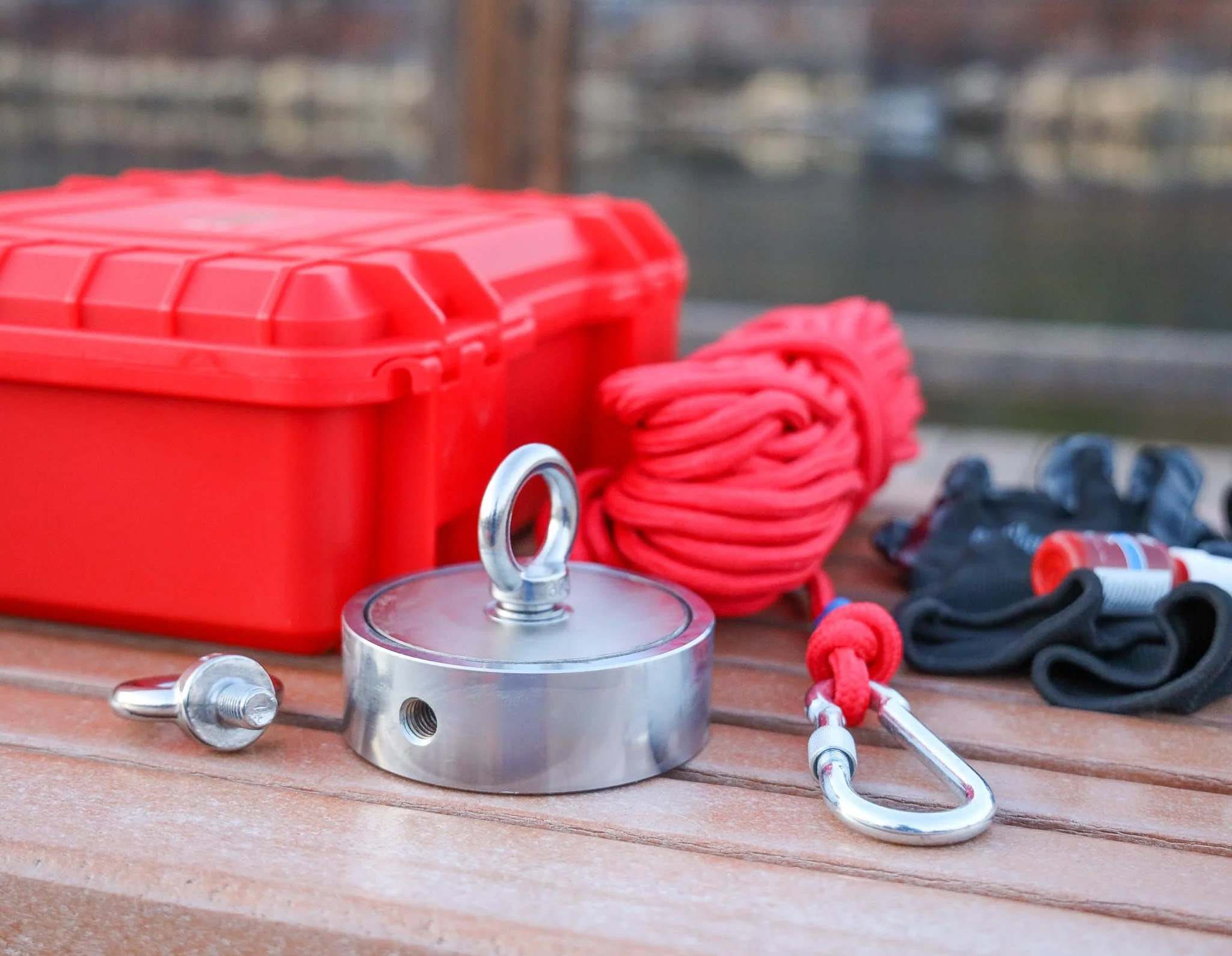

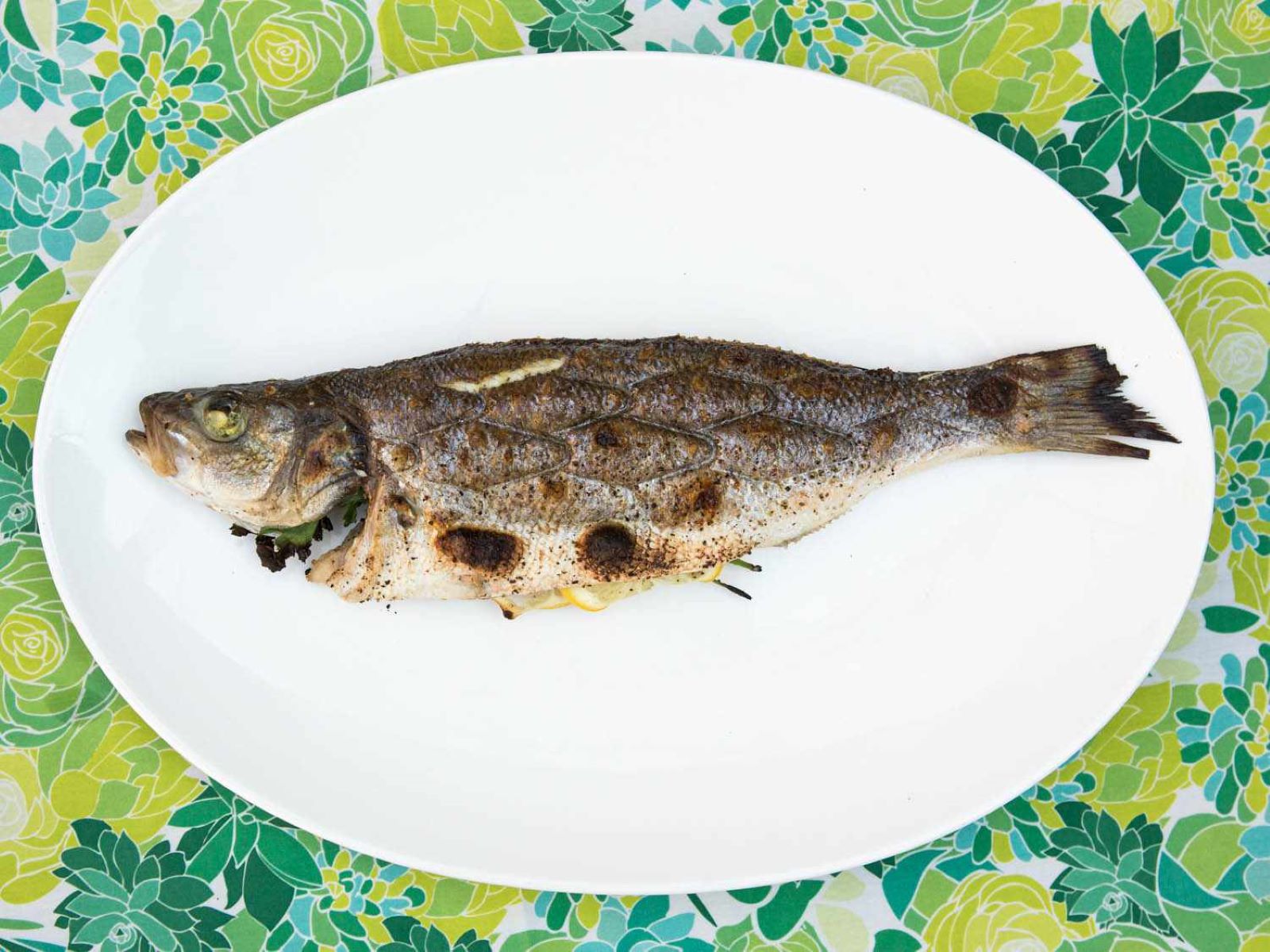
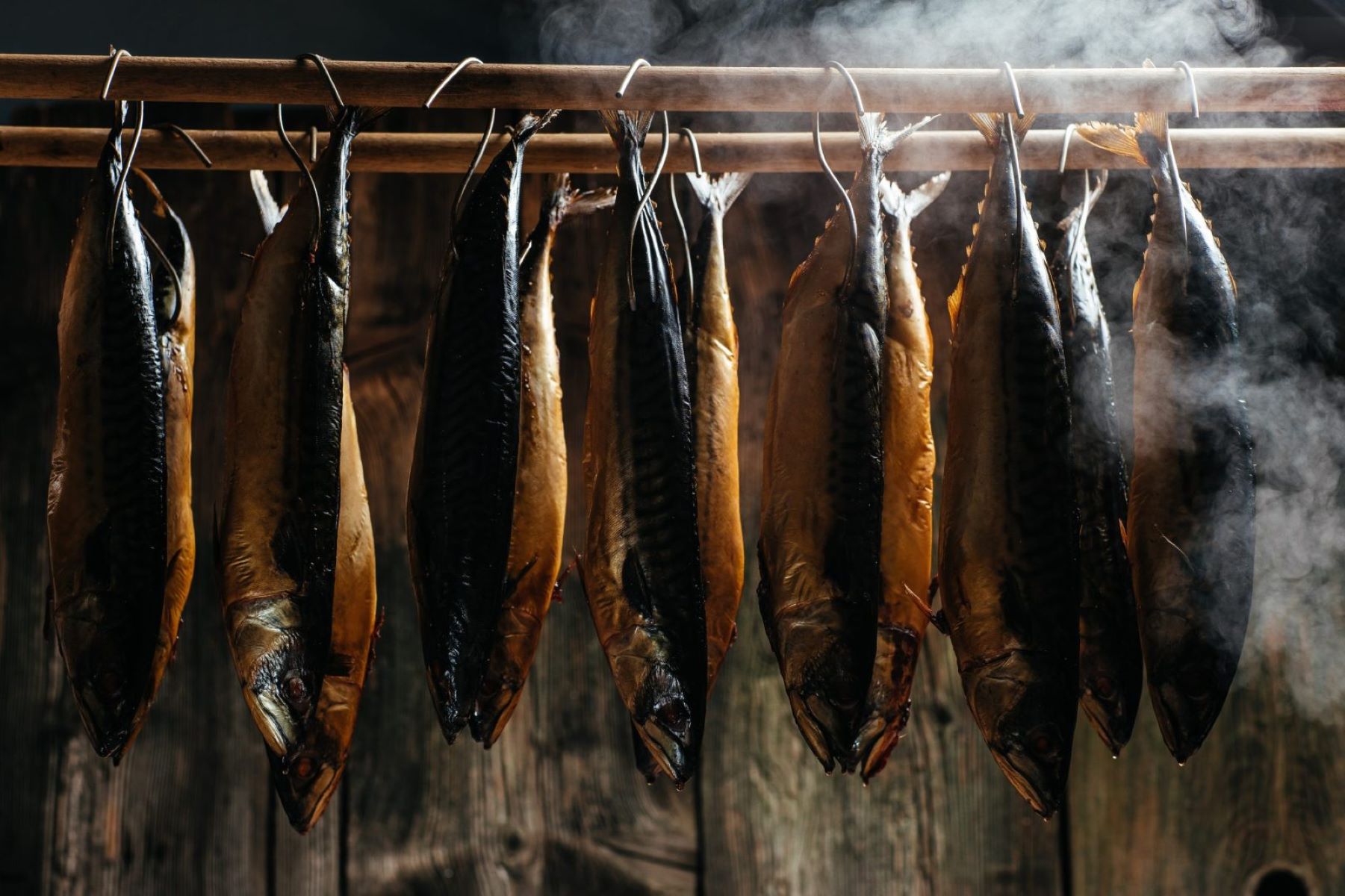
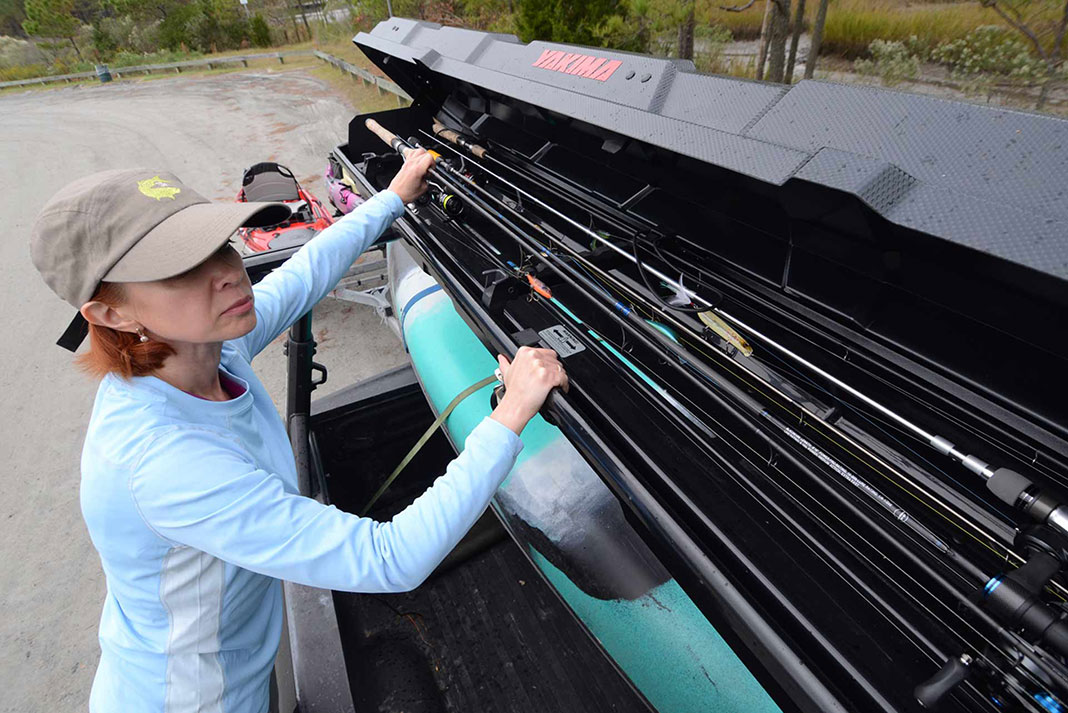
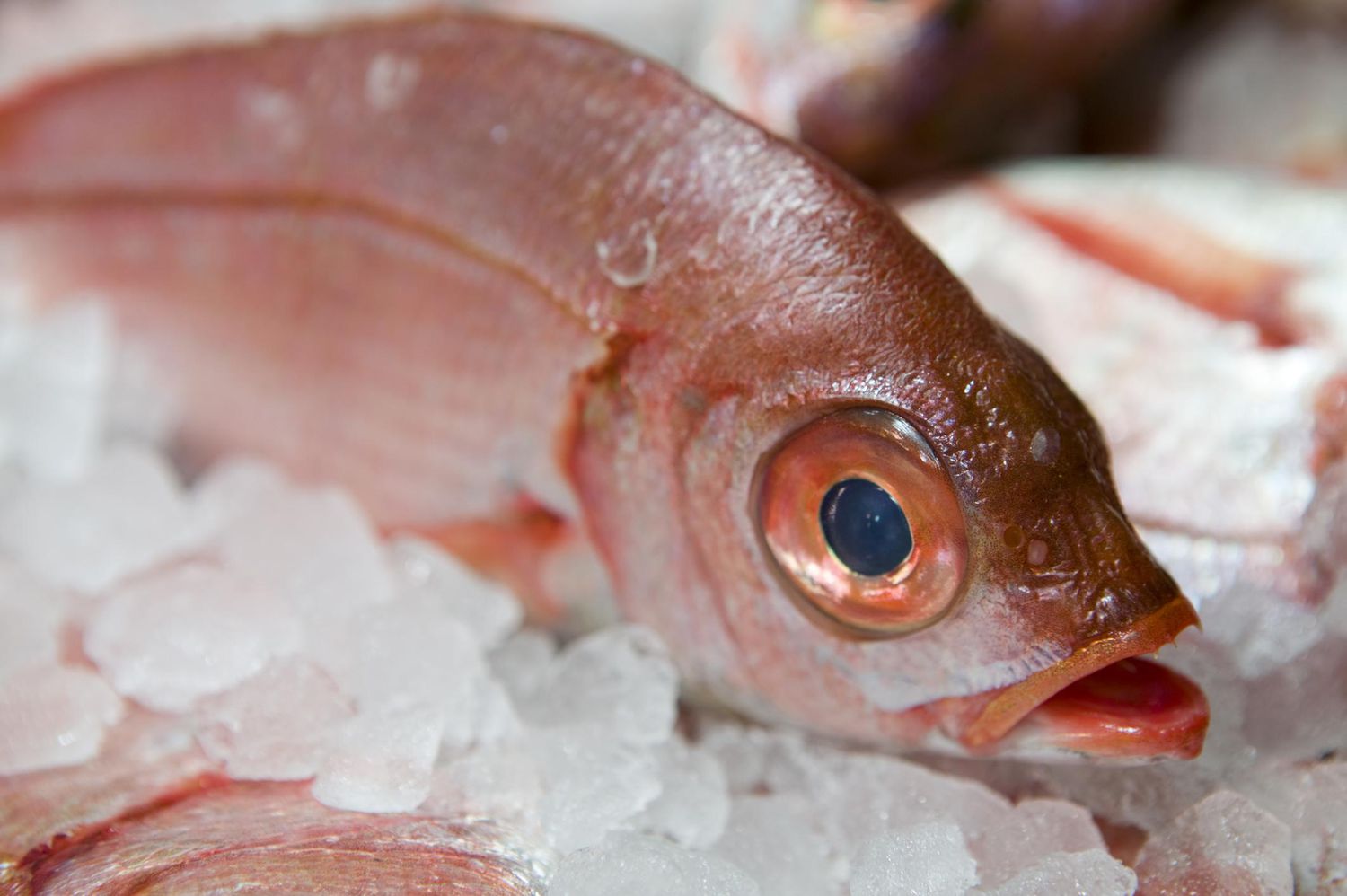
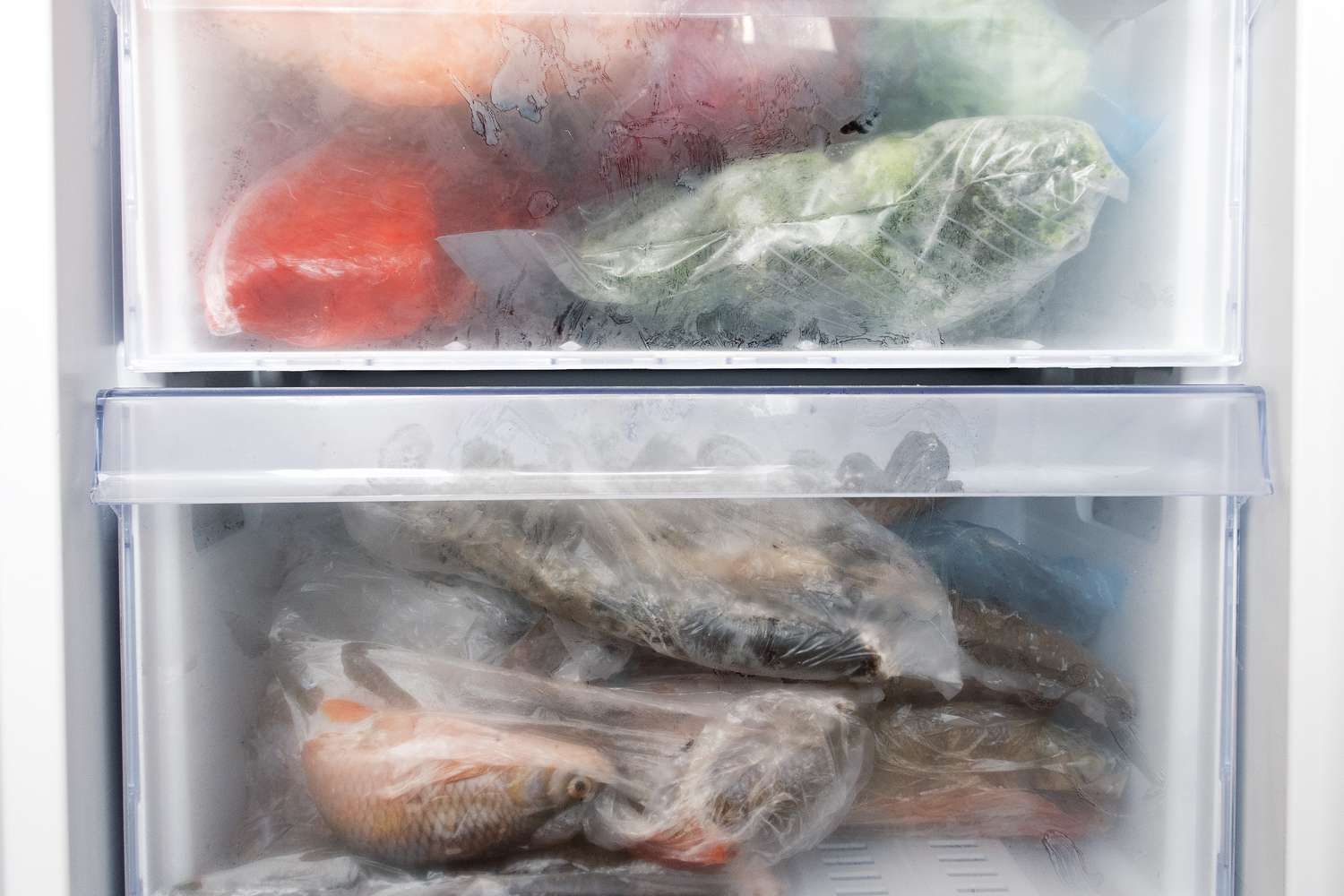
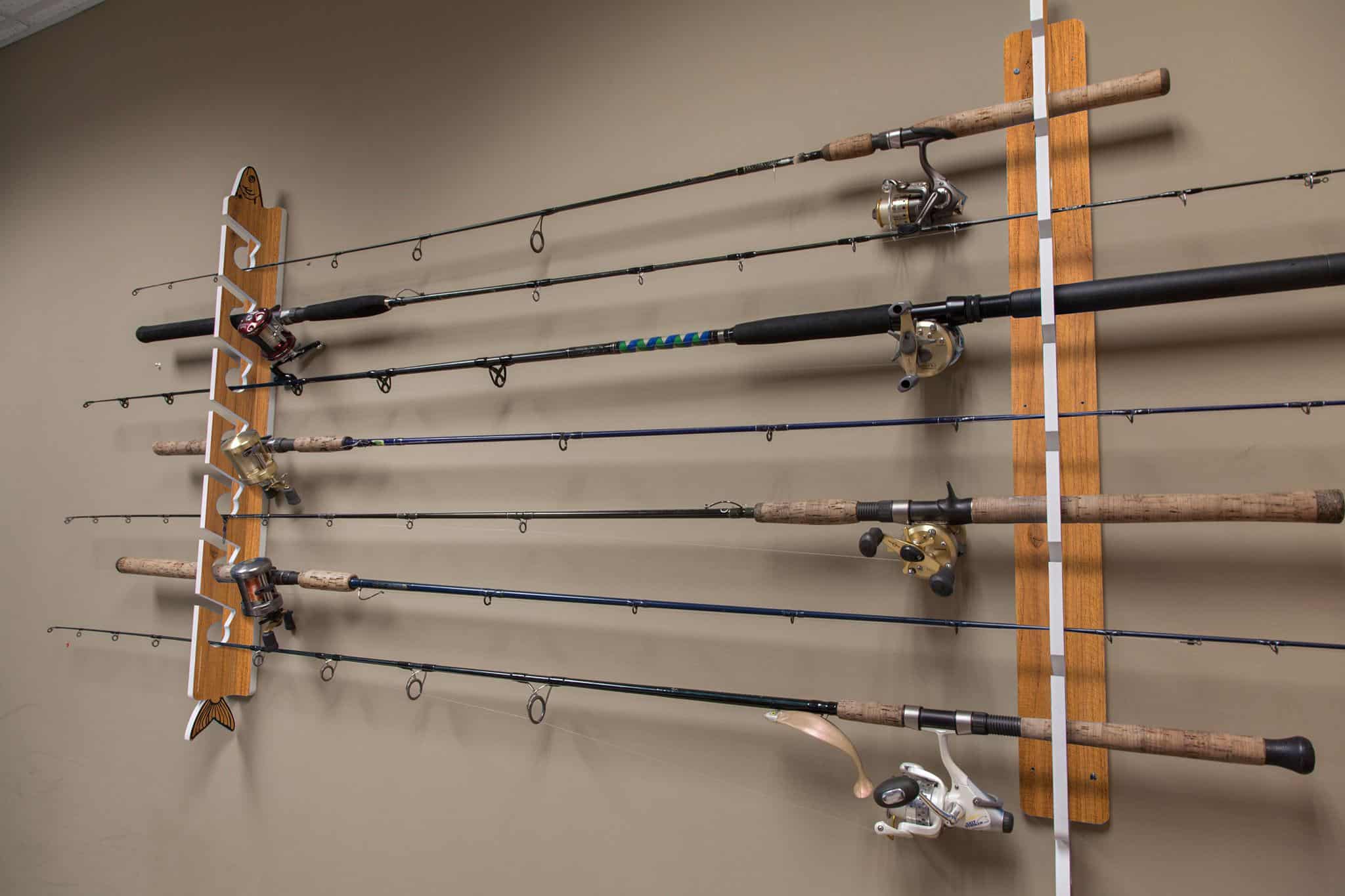
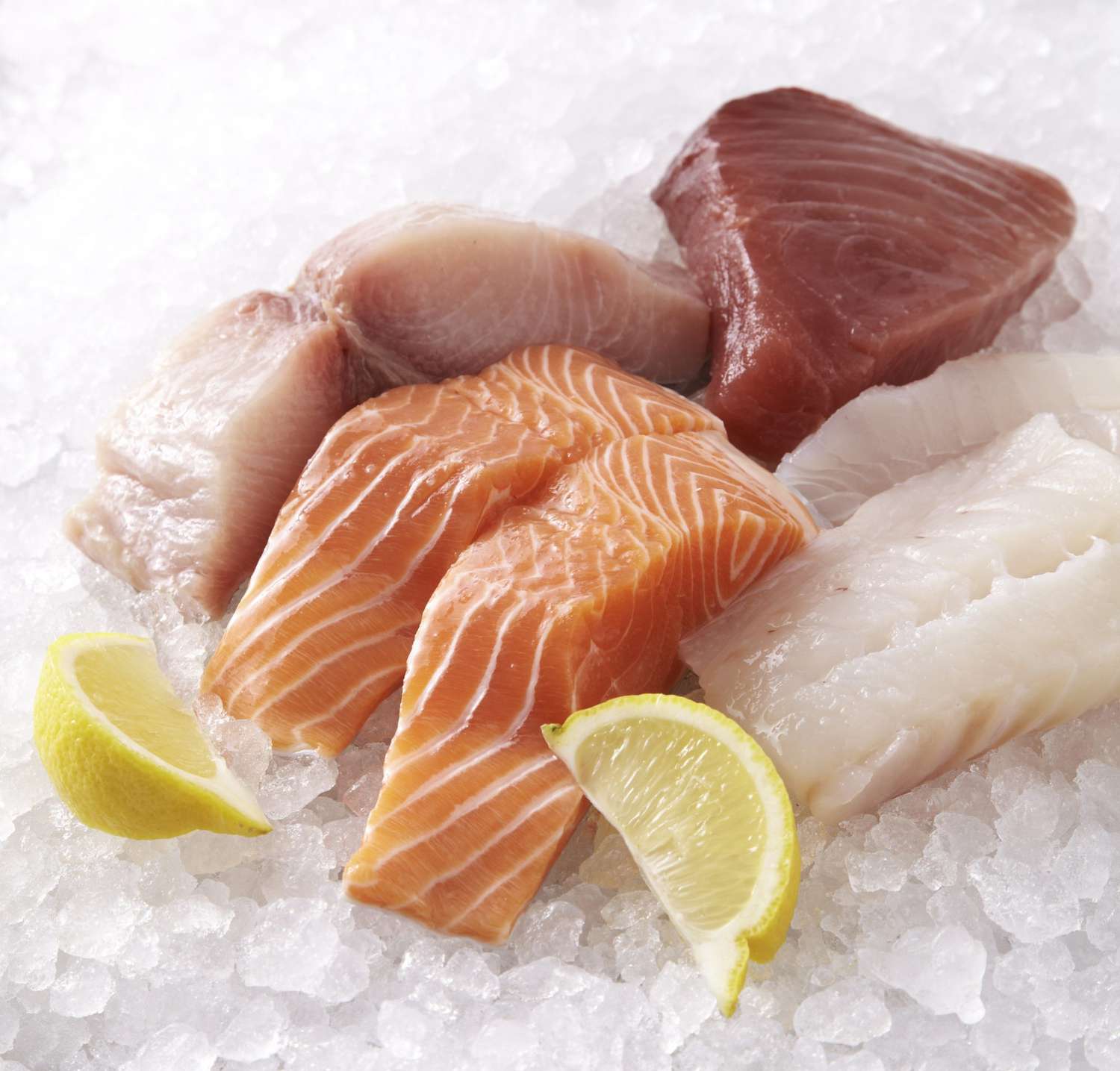

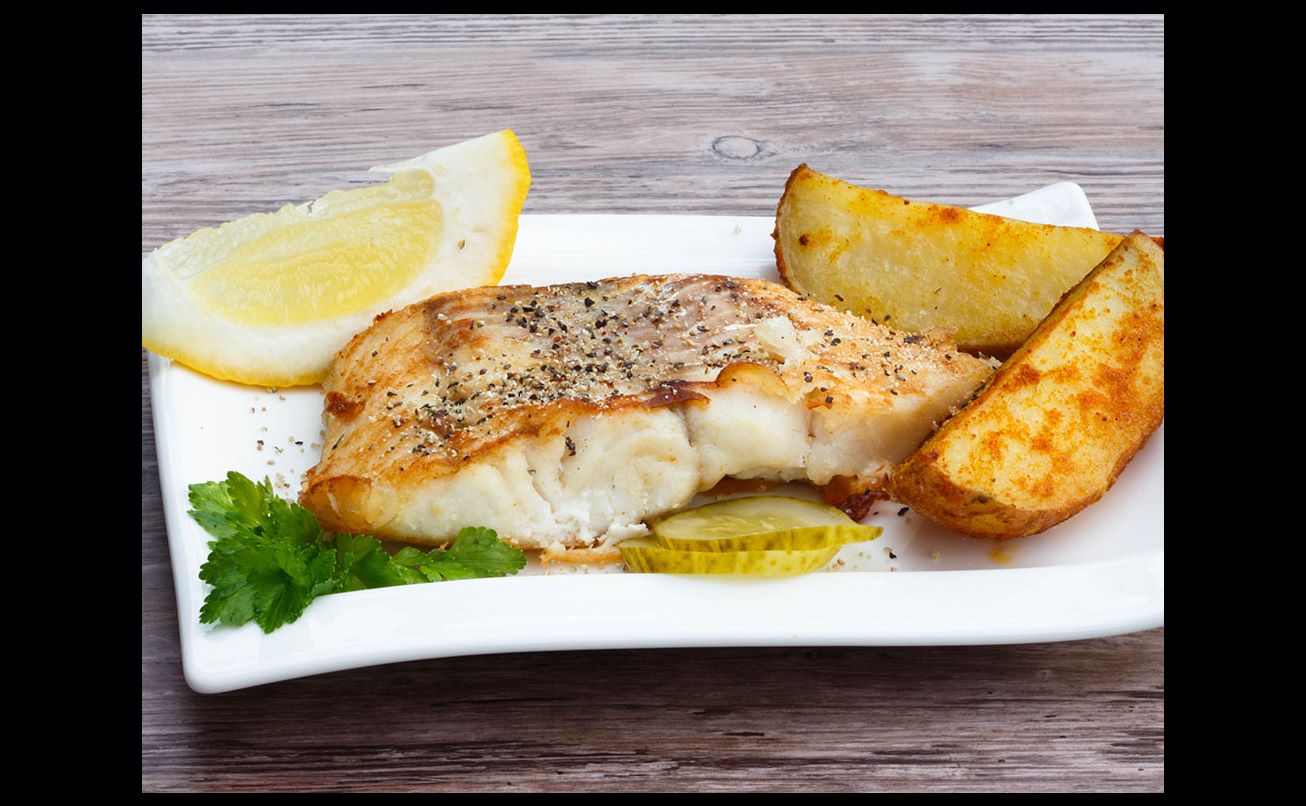
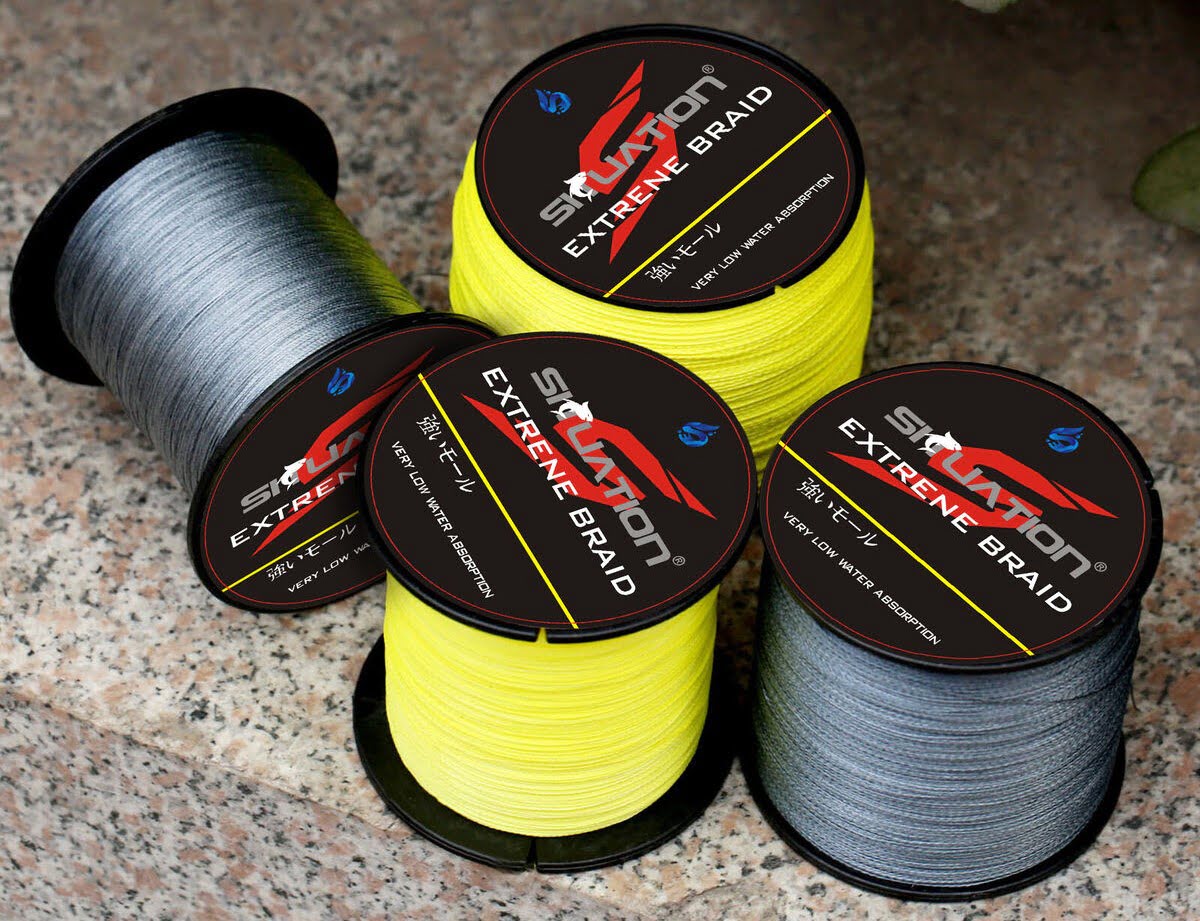
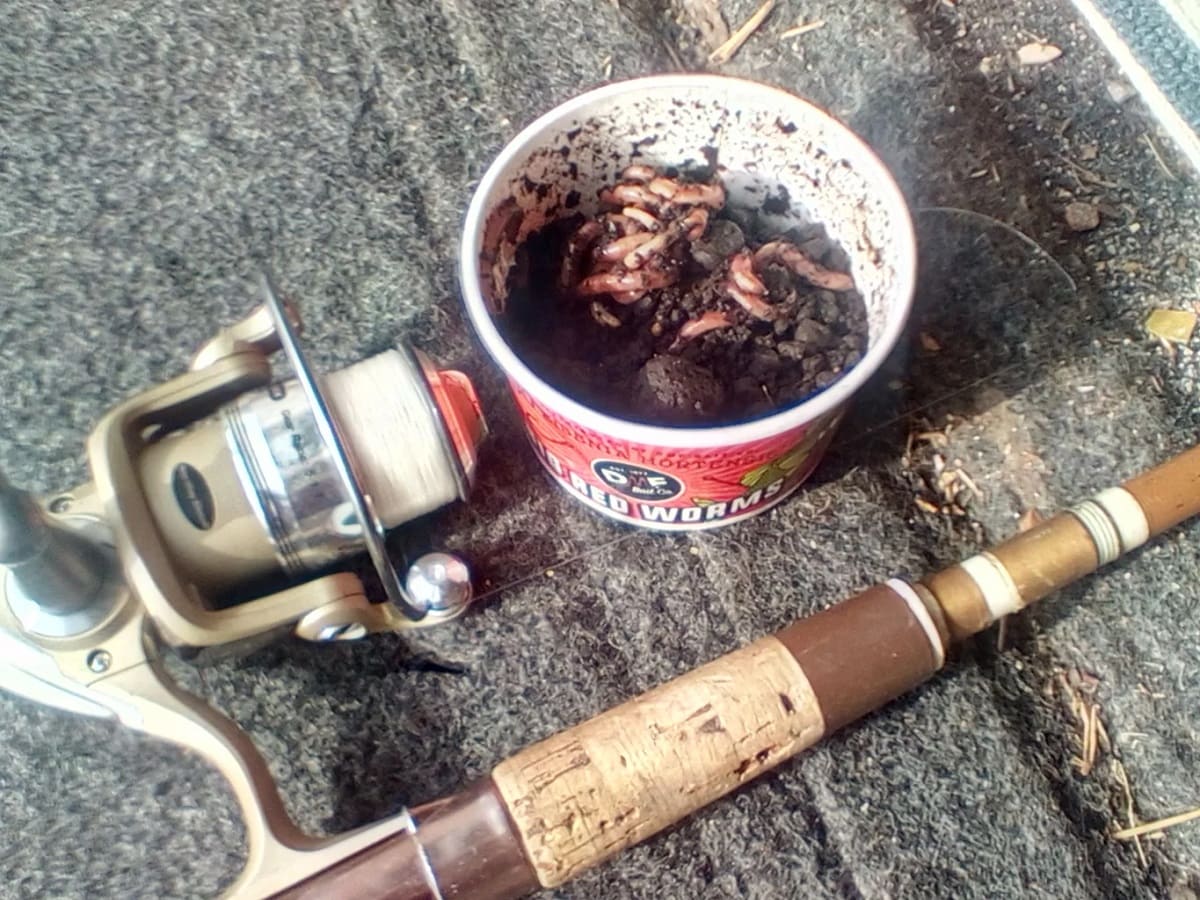

0 thoughts on “How To Store Caught Fish”